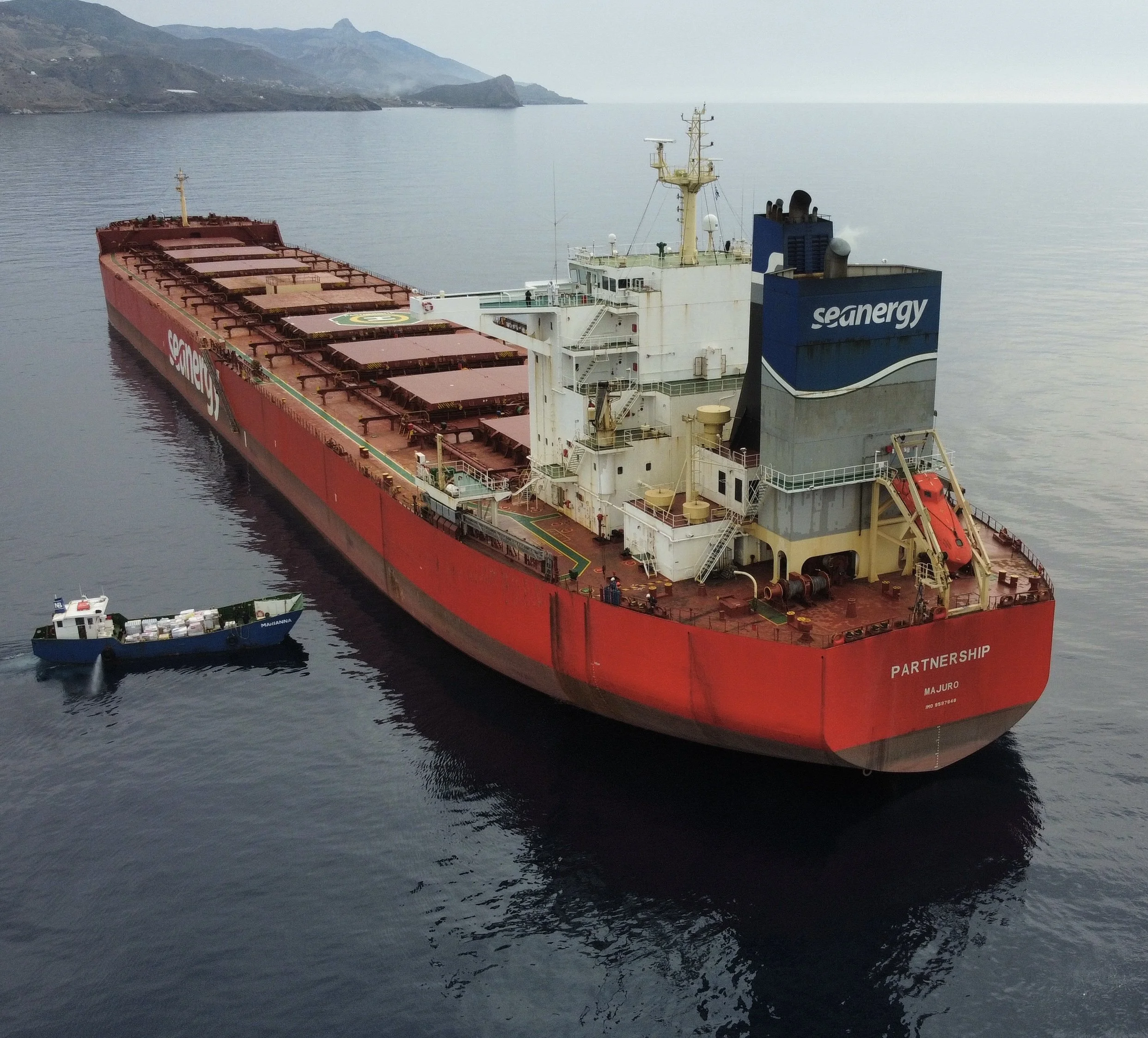Demonstrating an impressive year-to-date performance, the leading Capesize index surged into the $20,000 territory on Monday, currently commanding rates $18,000 higher year-on-year.
You may already be aware that this year will be the Year of the Dragon according to the Chinese Zodiac calendar. Chinese culture assigns personality traits to individuals based on their zodiac animal. Dragon babies are considered "charismatic, intelligent, confident, powerful, and naturally lucky and gifted," according to the University of Washington. Additionally, there's the element cycle to consider. According to the Chinese calendar, a year can be categorized as metal, wood, water, fire, or earth. A wood year is associated with strength and flexibility, embodying personal qualities such as warmth, cooperation, generosity, and idealism. Since this is a wood year, it is officially designated as the Year of the Wood Dragon.
The celebration of Chinese New Year is not just a cherished tradition but also a significant economic catalyst for the travel industry. A resurgence in travel during China’s Lunar New Year holiday is indicating some signs of a revival in consumer spending in the world’s second-largest economy, which has been grappling with low confidence and deflation. Official reports indicate that more than 61 million rail trips were taken in the first six days of the national New Year holiday. This figure represents the highest recorded in data compiled by Bloomberg News over the last five years and reflects a remarkable 61 percent increase compared to the same vacation period in 2023. Furthermore, data from HBX Group has uncovered that Harbin, Shenzhen, and Guangzhou stand out as major beneficiaries during the Chinese New Year period. Notably, political and commercial hubs like Beijing and Shanghai also rank among the top five destinations. Regarding the duration of stays, the majority of travelers, both domestic and international, opt for stays ranging from 2 to 6 nights, aiming to maximize their enjoyment of the holiday season. In a buoyant mood reminiscent of the festivities, the spot market reported gains for the seventh trading week, concluding today at 1610 points. Demonstrating an impressive year-to-date performance, the leading Capesize index surged into the $20,000 territory on Monday, reaching a daily rate of $20,304 by week's end. Notably, the most volatile segment is currently commanding rates some $18,000 higher year-on-year. Similarly, following robust weekly gains, the Panamax segment is on the verge of hitting $15,000 daily, doubling its value from this day last year. The geared sub-market has maintained a position in the five-digit territory for 118 consecutive trading days, with BSI TCA and BHSI TCA settling today at $11,783 and $10,287 daily, respectively. Although both indices fall short of recent December highs, they still significantly surpass values from mid-February 2023.
In late January, Refinitiv updated its China Iron Ore model to incorporate the latest data from China’s National Bureau of Statistics and the China Iron Ore and Steel Association. The model forecasts that, despite the ongoing property sector crisis, demand is anticipated to grow by 1.8 percent year-on-year during the Q1. Additionally, total demand is projected to experience a marginal increase of 1.1 percent over the course of this year.
Structural challenges within China's real estate market, along with deflationary pressures and subdued consumer confidence, are exerting downward pressure on the iron ore market outlook. However, there are counterbalancing factors at play. The People’s Bank of China has committed to supporting the economy and is anticipated to implement a 10 basis points cut to the loan prime rate in the first quarter of this year. Furthermore, China’s manufacturing sector is outperforming expectations, buoyed by stimulus measures effectively bolstering manufacturing activities. In the automotive sector, electric vehicle (EV) sales have been on an upward trajectory for five consecutive months. While it remains uncertain whether the surge in EV manufacturing can fully offset the losses stemming from the property sector crisis, it is expected to provide significant support nonetheless. However, China's heavily subsidized manufacturing activities are facing resistance abroad. For instance, India has imposed five-year anti-dumping tariffs on Chinese steel, and the European Commission is investigating China’s unfair trading practices in the biodiesel market. These actions represent efforts to safeguard local industries, potentially resulting in a significant decrease in China's exports as countries seek to protect their domestic markets.
In conclusion, despite the challenges, the sluggish recovery of China’s property sector is prompting additional stimulus support this year, which could act as a tailwind for the iron ore market. Furthermore, the accumulation of imported iron ore stocks at China's major 45 ports, as reported in Mysteel's weekly survey, has propelled the volume to reach a 10-month high of 131.5 million tonnes. However, it's worth noting that despite this increase, the stockpiles of ore still remain 6 percent lower compared to the previous year.
Data source: Doric


